Itineraries through the hermitages of Montserrat
Located in Pla de les Taràntules, we invite you to enjoy the natural heritage and hermitages of Montserrat with itineraries that will guide you through this important and still little-known heritage of the mountain.
You can choose between short walks that are easy for everyone to access or slightly more complicated routes that will require more time and calm to enjoy the mountain.
The hermitages of Montserrat
The group of hermitages of Montserrat was made up of thirteen hermitages scattered throughout the upper part of the mountain along two large areas: Tebes (the point where you are) and Tebaida (the area above the monastery). These names refer to the desert of Egypt where the fathers of monasticism began the Christian hermitic tradition. Initially, they were located in areas close to the monastery, but over time they occupied more distant areas with more difficult access to guarantee the solitude of the hermits.
Organizationally, the hermitages depended on the monastery, although each of them had its own spaces for prayer and housing, as well as gardens to provide themselves. There are references to about three hundred hermits and anchorites who lived in the hermitages of Montserrat until the 19th century.
Between 1811 and 1812, during the French War, this group of hermitages was set on fire and destroyed. Currently, part of it has been restored and can be visited.
The mountain
The mountain of Montserrat is a rock formation that originated fifty million years ago from the rise and erosion, over thousands of years, of the materials accumulated in the great central Catalan depression. Wind, rain and frosts shaped it until they gave it its particular current shape.
In addition, the mountain is a natural park with a wealth of unique flora and fauna that varies depending on the height and orientation with respect to the sun. Nature responds to a Mediterranean climate in which holm oaks, rosemary, thyme, marfull or boxwood predominate, and where you can observe, among others, various birds, wild boars, squirrels, goats, dragons, lizards, spotted toads and salamanders.
Montserrat is in a constant state of change. The weathering process is permanent and continuously transforms the mountain. The landscape of Montserrat is the result of the action of natural agents, and we must contribute to protecting it.
Itineraries for the hermitages of Montserrat
Recommendations
- Measure your physical possibilities and the time you have to choose the most suitable route.
- If you start a tour, make sure you wear the right footwear and clothing, follow the marked route and carry mobile communication systems.
- Respect the mountain environment, flora and fauna
- Do not light fires.
- Do not litter the mountain and collaborate in the selective collection of garbage at the indicated points.
- Be vigilant about possible rockfalls in the climbing areas.
The FGC Group manages and organizes various actions according to the international guideline ISO 14001. This standard has the objectives of continuously improving the system, preventing pollution and managing activities in relation to respect and conservation of the environment.
ITINERARY 1
From the Taràntules plain to the hermitages of Sant Joan and Sant Onofre (round trip along the same path)
- Difficulty: Low
- Time: 30-45 minutes (approximately)
- Distance: 1,580 meters
- Elevation difference: 86 m (Minimum height at the Taràntules plain: 971 m – Maximum height at the hermitage of Sant Onofre: 1,057 m)
A simple round trip along a flat and easily accessible path to the hermitages of Sant Joan and Sant Onofre, recently restored by the Montserrat Mountain Board. The complex also preserves other structures, such as cisterns and channels for collecting and storing water. From this path you have a privileged view of the southern side of the mountain.
Remains of the hermitage of Sant Onofre and Jacob's stairs.
Engraving of the hermitages of Sant Joan and Sant Onofre. (F. Remart and P. Muntanya, late 18th century).
ITINERARY 2
Pla de les Taràntules – Hermitages of Sant Joan and Sant Onofre – Camí de Sant Miquel – Monastery of Montserrat
- Difficulty: Low
- Time: 1 hour 30 minutes (approximately)
- Distance: 4,160 meters
- Elevation difference: 341 m (Minimum height at the monastery of Montserrat: 716 m – Maximum height at the hermitage of Sant Onofre: 1,057 m)
A simple round trip to the hermitages of Sant Joan and Sant Onofre on a flat and easily accessible path. With this route you can enjoy spectacular views over the southern side of Montserrat. The first section is a round trip to the Pla de les Taràntules. From here, we suggest you go down to the monastery along the Sant Miquel path to get a new view of the mountain and the surrounding area on the north-eastern side of the territory. This second part of the path is very easy to walk.
- New Chapel of Sant Joan.
Bone ear (Ramonda myconi).
ITINERARY 3
Pla de les Taràntules – Sant Miquel – M
onestir de Montserrat
- Difficulty: Low
- Time: 45 minutes (approximately)
- Distance: 2,600 meters
- Elevation: 255 m (Maximum height at Pla de les Taràntules: 971 m – Minimum height at Montserrat Monastery: 716 m)
This path is one of the easiest and simplest mountain circuits. From Pla de les Taràntules you must take the path on the left and begin the descent towards the monastery. The path winds past the chapel of Sant Miquel (of modern construction), and the viewpoint and the cross of Sant Miquel, with spectacular views of the northeastern side of the territory surrounding the mountain. At the end of the path you will find the camping area, the sculpture walk and other rest areas.
- Chapel of Sant Miquel.
Viewpoint and cross of Sant Miquel.
ITINERARY 4
Pla de les Taràntules – Hermitage and viewpoint of Santa Magdalena – Pla de les Taràntules
- Difficulty: Medium
- Time: 1 hour 30 minutes (approximately)
- Distance: 3,430 meters
- Elevation difference: 100 m (Minimum height at Pla de les Taràntules: 971 m – Maximum height at the viewpoint of Santa Magdalena: 1,071 m)
Itinerary for those who have a little time, be prepared to make small climbs and wear comfortable shoes. The first section is very flat and easy, along a dirt road that reaches the hermitages of Sant Joan and Sant Onofre. From here and climbing Jacob's stairs you reach the remains of Santa Magdalena. The path forks and you can choose to go up to the viewpoint (the highest point in this area) or go down the other side of the stairs that will leave you on the path of Sant Jeroni. Continuing to the right you return to the Taràntules plain.
- Cistern of the hermitage of Santa Magdalena.
Path of Sant Jeroni.
ITINERARY 5
Taràntules plain- Santa Magdalena – Hermitage of Santa Anna – Monastery of Montserrat
- Difficulty: Medium-high
- Time: 2 hours 30 minutes - 3 hours (approximately)
- Distance: 2,850 meters
- Elevation difference: 355 m (Minimum height at the monastery of Montserrat: 716 m – Maximum height at the viewpoint of Santa Magdalena: 1,071 m)
Itinerary for those who have time and are equipped with suitable footwear. The first section of the path will take you to Sant Joan and Sant Onofre. From here you will climb Jacob's Stairs to reach Santa Magdalena. Once at the top, you can choose between continuing up to the upper viewpoint or going down the other side of the stairs. On the path of Sant Jeroni on the right you will see some of the best-known spires (such as the Mummy or the Elephant) with a fork on the left towards Santa Anna. The path passes near the hermitage and descends through the Pas dels Francesos to the monastery.
Engraving from the 19th century of the hermitage of Santa Anna. (A. Laborde).
- View from the viewpoint of Santa Magdalena.
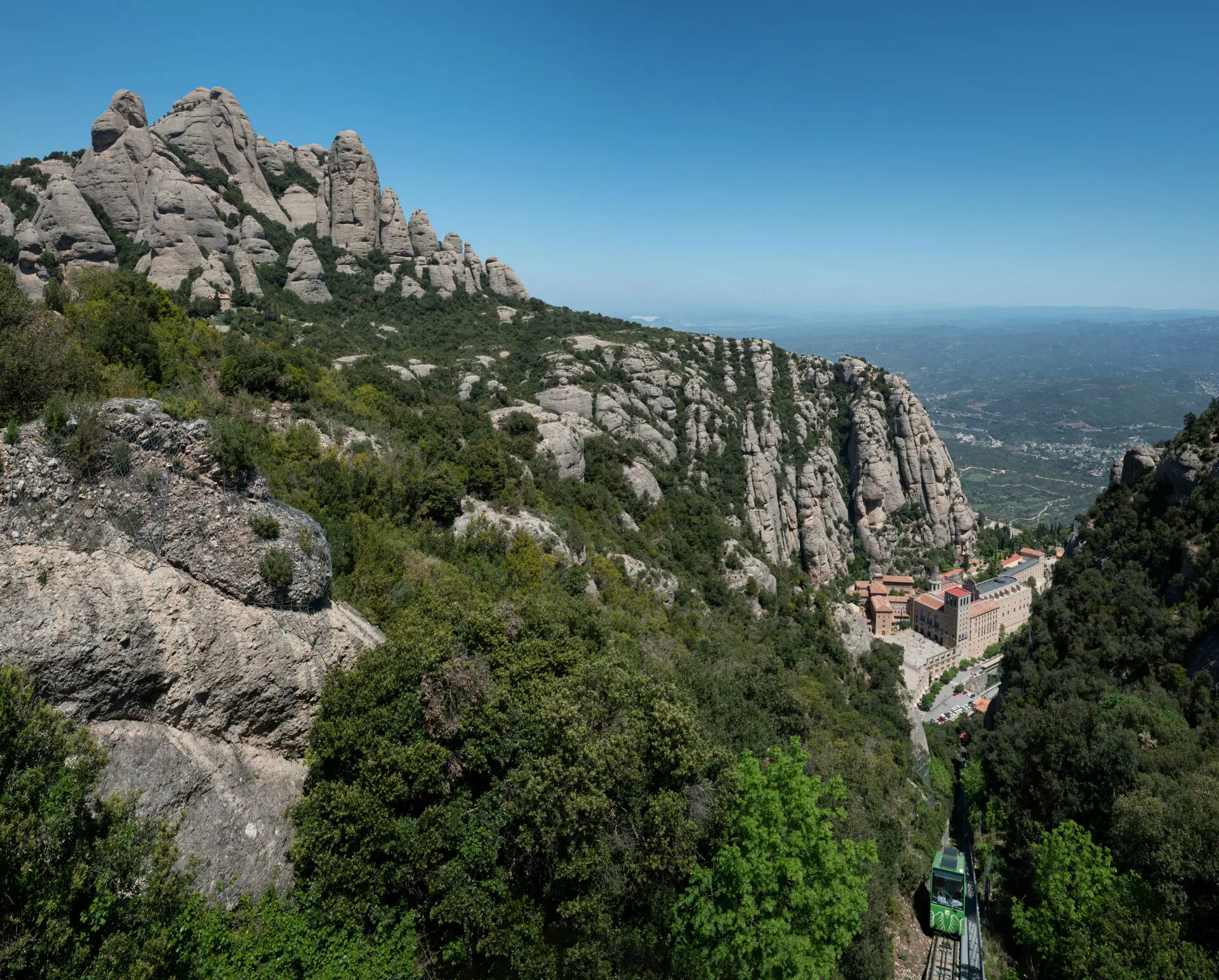
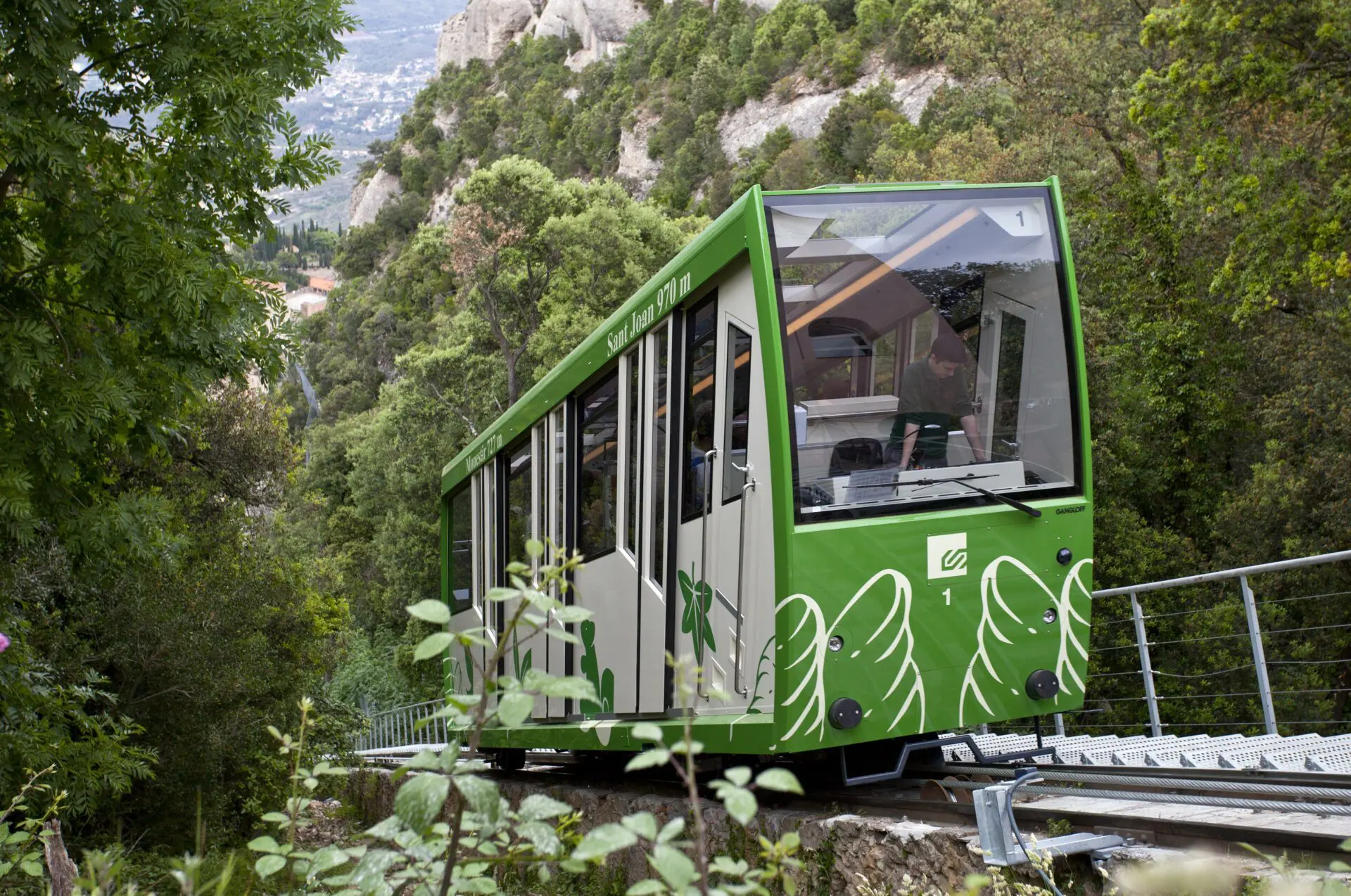
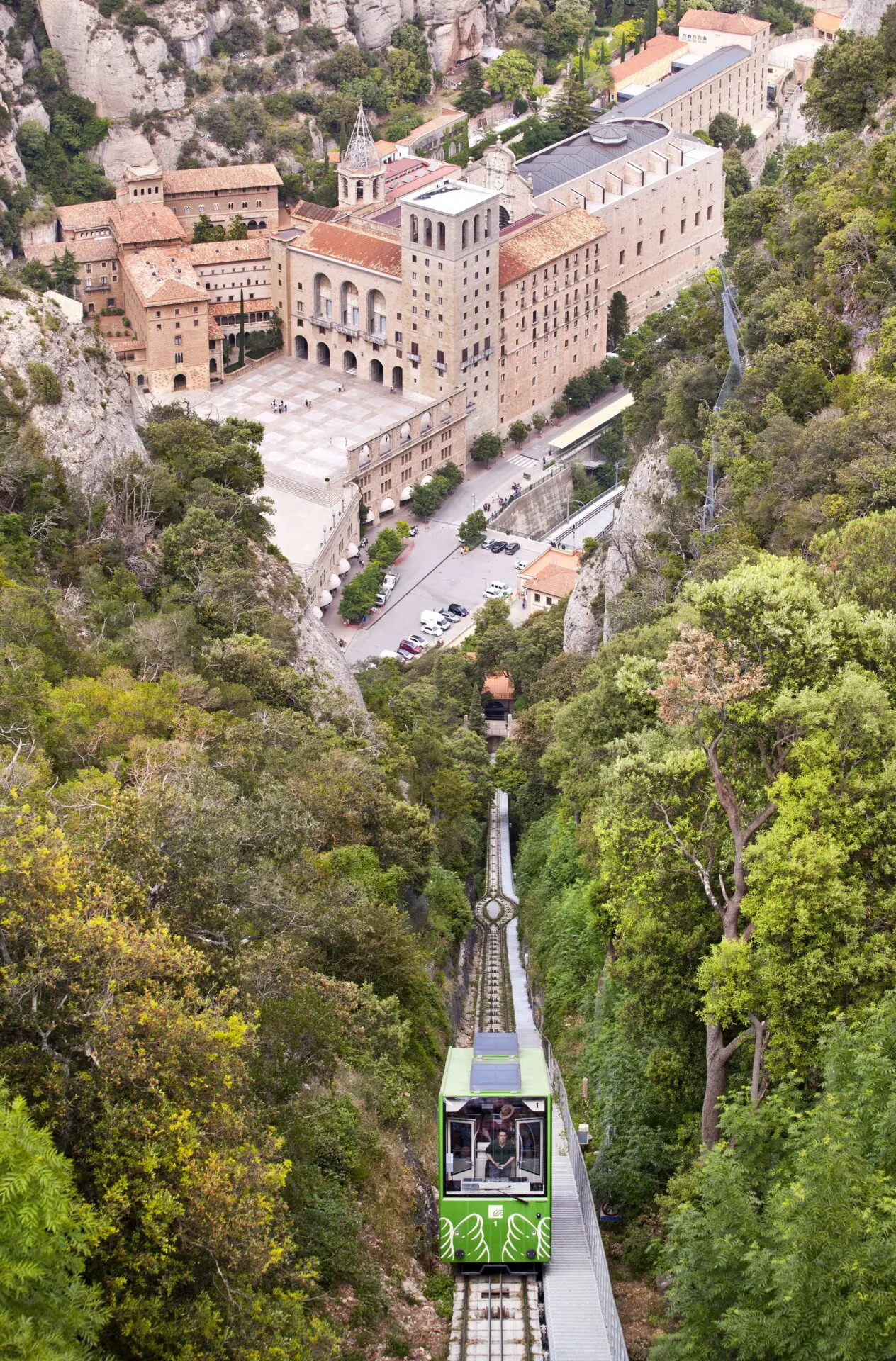

How to get there
With the Montserrat Rack Railway and Funiculars.
For more information, you can call the Montserrat Information Point: +34 938 777 777 (from 9 a.m. to 5:45 p.m. - from July to September, until 5 p.m.)

Calendar
All year round.

Purchase
All the information here
For information and reservations, call 902 312 020 or send an email to [email protected]
Discover all the activities you mustn’t miss
-

-
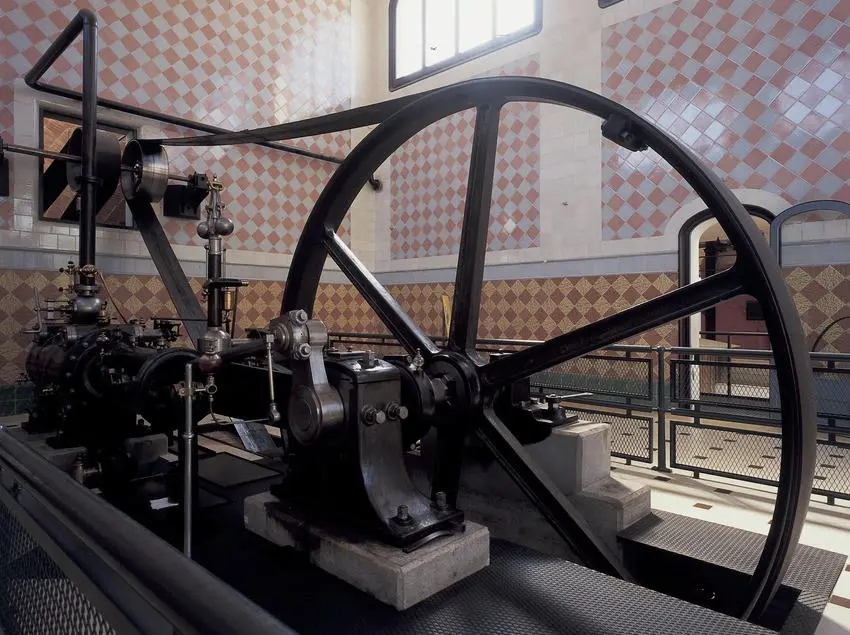
Discover one of the best examples of industrial modernism...
More info -
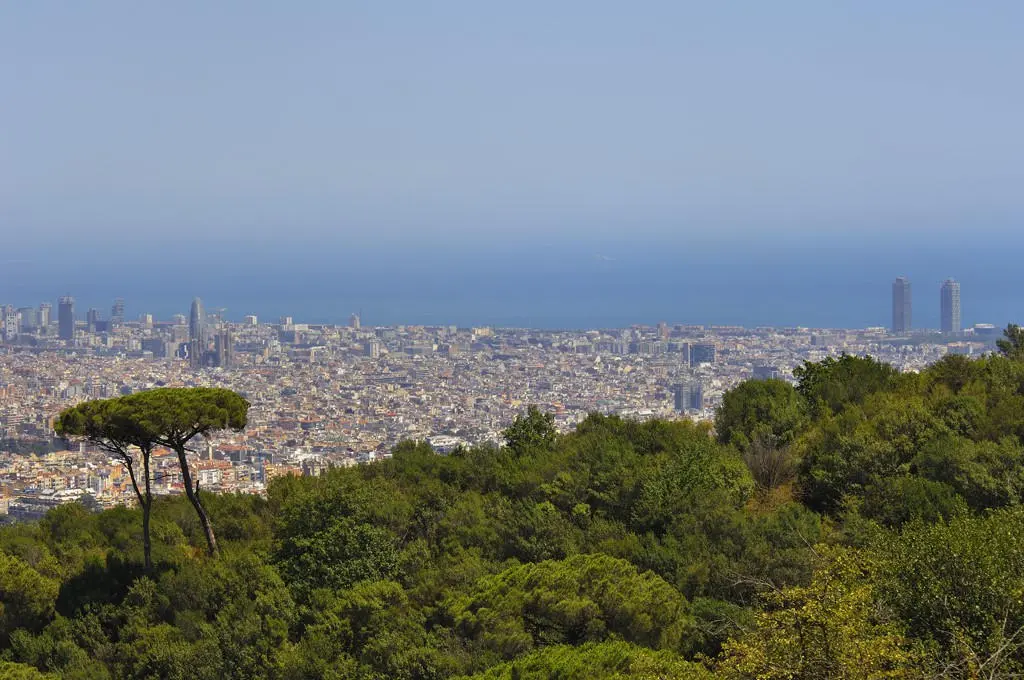
The Serra de Collserola Natural Park is the largest green area in the metropolitan area of Barcelona, with more than 8,000 hectares of surface...
More info -
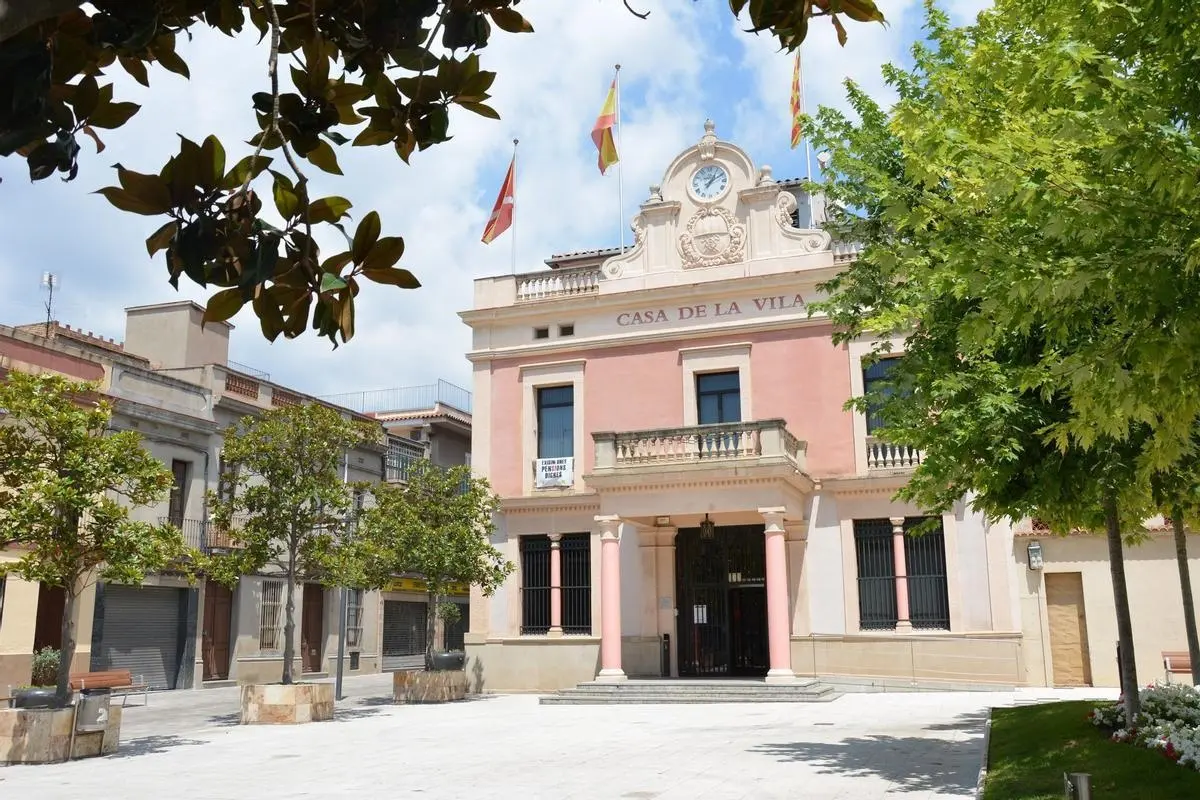
The city of Rubí presents a rich tangible and intangible heritage that will leave you amazed...
More info -
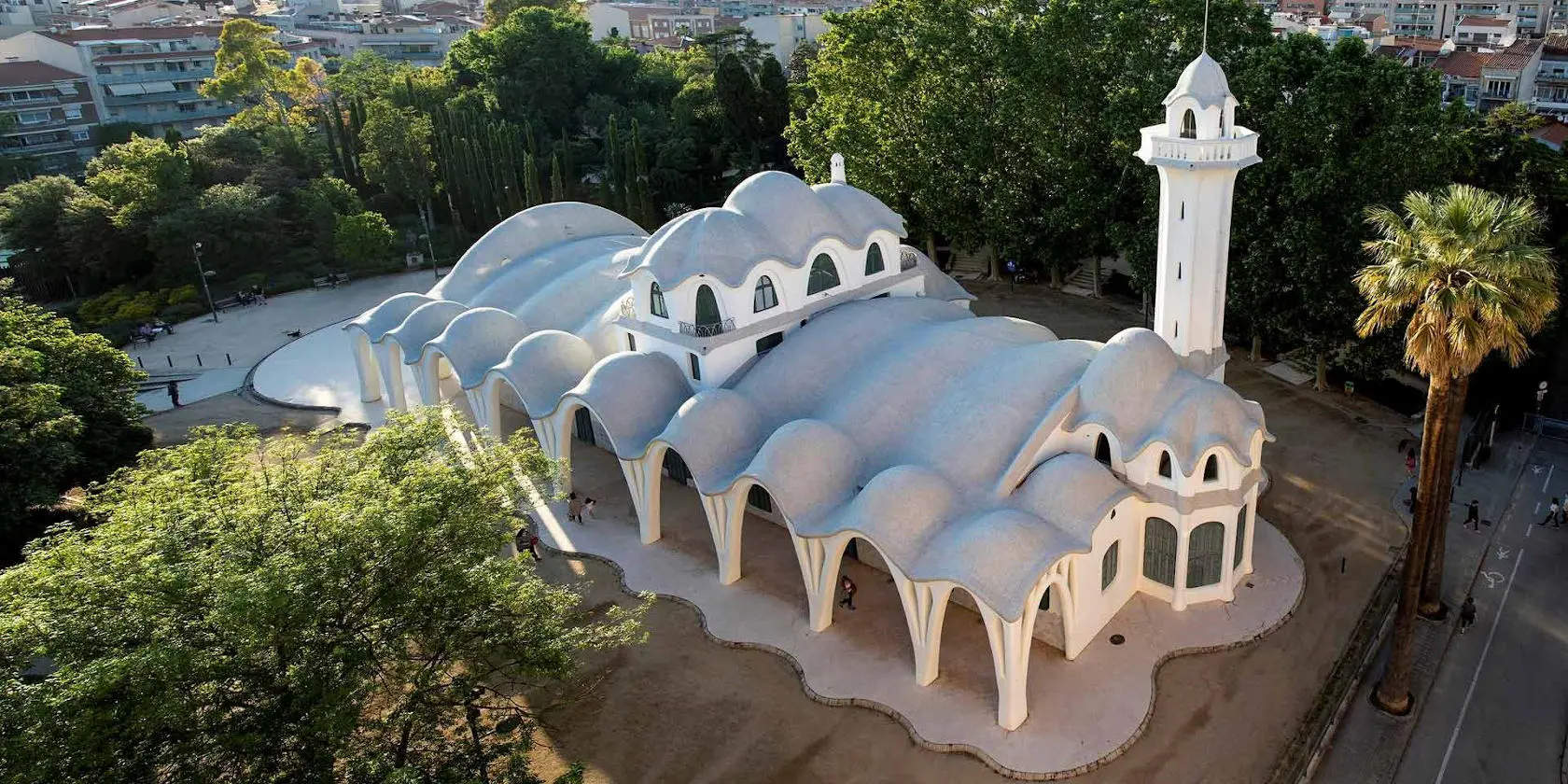
Terrassa, capital of the Vallès Occidental together with Sabadell, is a modern city with a rich cultural and artistic heritage to discover...
More info



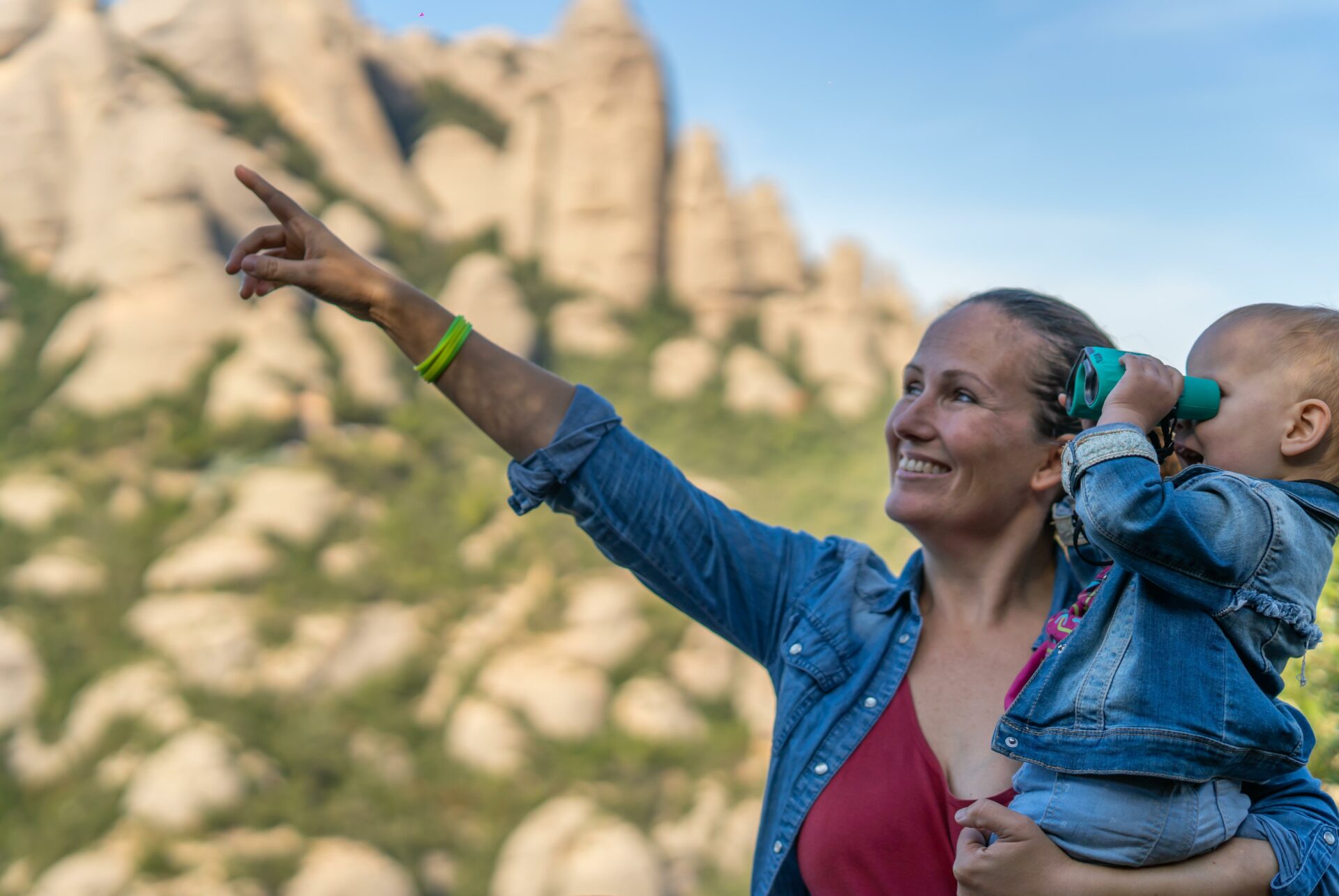
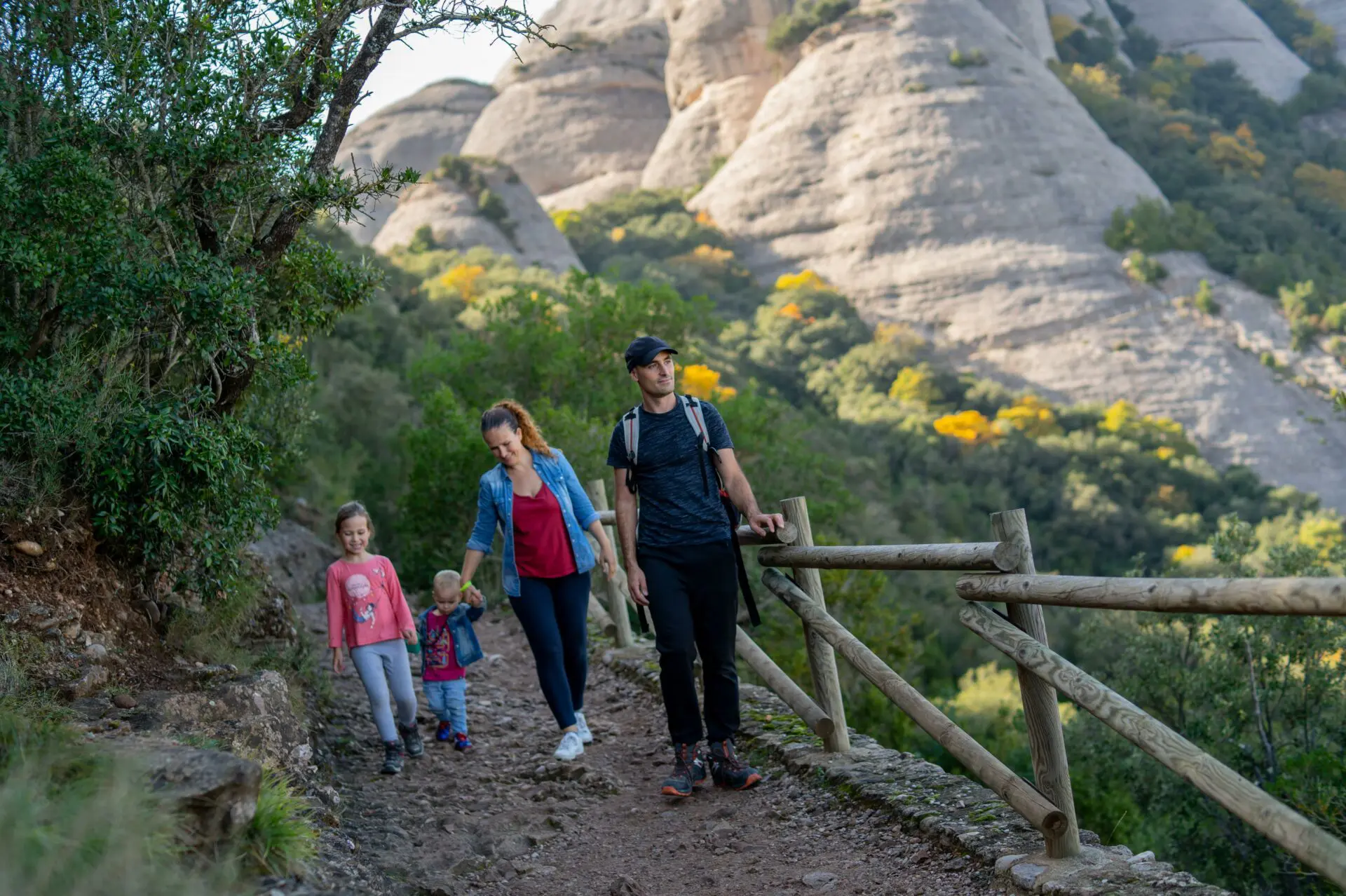
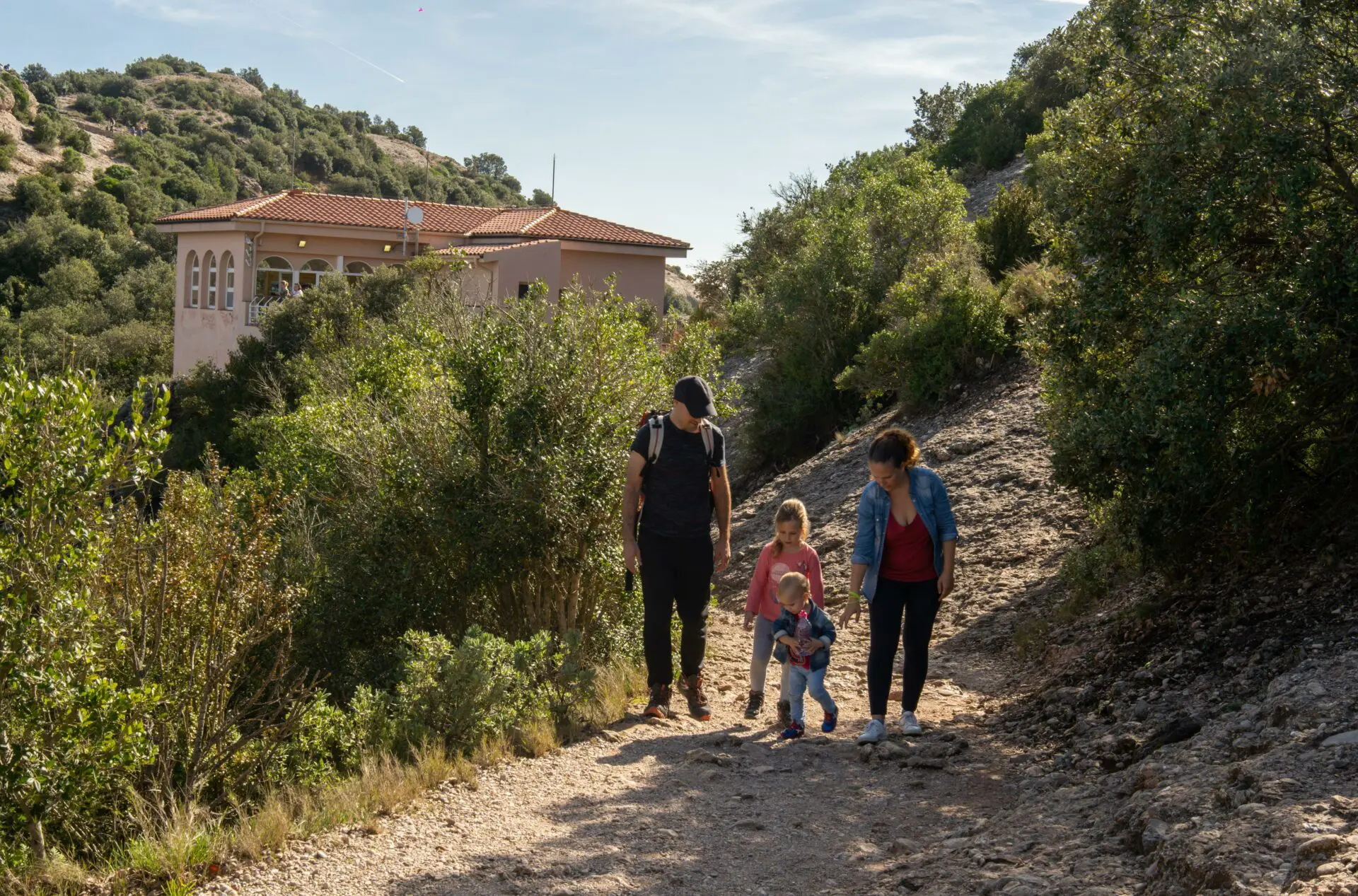
Activities Interactive exhibition The Interactive Exhibition gives visitors a virtual tour of the everyday life at the Benedictine monastery.…...
More info